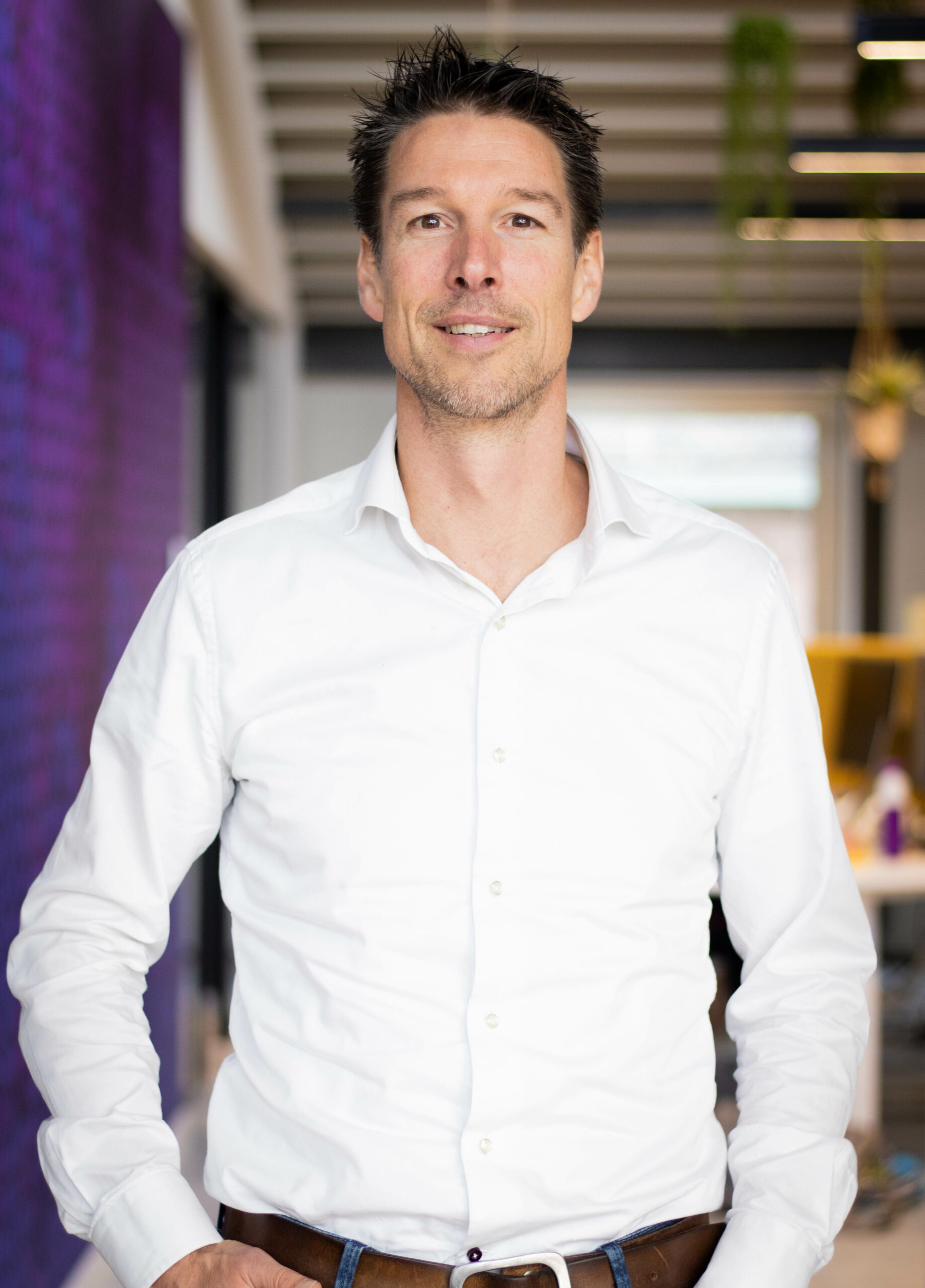Hij had het helemaal voor elkaar, vond Bas Kerkhof toen hij vier jaar geleden Site Manager was bij Rhenus, vestiging Kraaiven. Het warehouse, 34.000 m2 boordevol artikelen van een online dierenwinkel, was super strak ingeregeld. De enige mogelijkheid om nu nog efficiënter te worden was nog harder werken. Dacht hij.
Tot Pipple hem ervan overtuigde dat met algoritmen winst te behalen viel. Hoewel, overtuigen… Kerkhof: “Ik kon me niet voorstellen dat er nog ruimte was. Probeer maar, dacht ik.” Niet wetende dat zij Pipple’s allereerste klant waren.
Dieper dan spreadsheets
De Excel spreadsheets van de engineers van Rhenus zaten inderdaad uitstekend in elkaar, constateerde Pipple. Maar met kennis van wiskunde, A.I. en programmeertalen konden ze nog een paar slagen dieper. Dat zou een besparing van vijf procent opleveren, beloofden ze.
De besparing pakte ruim dubbel zo groot uit. De crux? Slimmere routes en andere combinaties van bestellingen. Het model dat Pipple maakte, paste Rhenus ook toe op andere Europese sites. De gok van Kerkhof betaalde zich dubbel en dwars terug.
Kerkhofs opvolger, Rutmer Mourits, nam Pipple in de arm voor een vervolgproject: ‘Batching 2.0’. Mourits: “Door de kortere routes verzamelden de orderpickers sneller. Maar we kampten nog steeds met filevorming bij de drop off.” Opnieuw staken de engineers van Rhenus en de econometristen van Pipple de koppen bij elkaar.
Zelflerende planningssoftware
Het leidde tot een dynamisch planningsmodel met een zelflerend karakter. Daardoor is een planner op den duur bijna onnodig. Mourits: “Het werkt als een navigatiesysteem: het systeem berekent continue welke routes je het snelst op de bestemming brengen zonder file.” Een zelflerende, autonome AI-planner als deze is revolutionair in de branche, volgens Kerkhof. “Veruit de meeste fulfilmentbedrijven vertrouwen nog op standaard sorteeralgoritmen.”
Rhenus draait al op de nieuwe software terwijl er voortdurend aan getweakt wordt. “Zo boek je het snelst vooruitgang.”, verklaart Mourits. “Ondernemen is risico nemen.” Het is een leerproces dat hij met niemand liever doorloopt dan Pipple. “Wij zijn opdrachtgever en Pipple is leverancier, maar zo voelt het niet. We zijn echt partners die samen een missie volbrengen, en dat al bijna vier jaar. Pipple wil net zo graag als wij dat het een succes is. Dat merk je ook aan de chemie tussen onze engineer Henny Zhang en de consultants van Pipple. Ze spreken dezelfde taal en vertrouwen volledig op elkaars expertise.” Kerkhof: “Pipple is pragmatisch en ondernemend. Dat past helemaal bij ons.”

